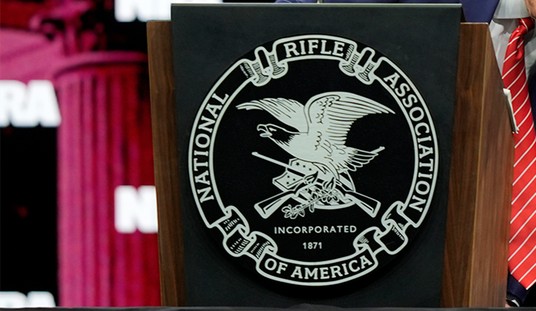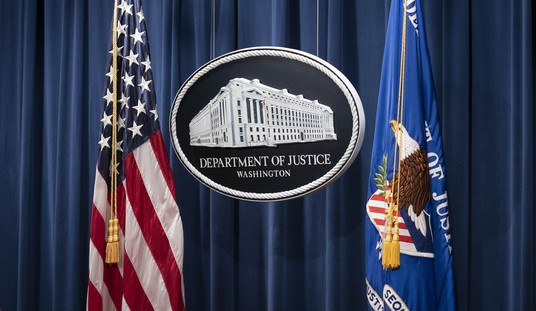
Years ago, I heard a student describe an attempted invasion of his rural home. He was puttering around one Saturday morning, wearing painter’s pants that lacked the belt loops allowing him to wear a holster belt and his usual 1911, .45 ACP pistol. However, having been taught by John Farnam not to mistakenly partition his life into “safe” and “unsafe” time, he was carrying a smaller .380 ACP pistol in a pocket of his pants. Hearing some suspicious voices out in the carport, he was moving to the cover of the refrigerator when the door between the carport and his kitchen was kicked open. Many of us place the .380 in the “mousegun” class but the sight of it coming up was enough to remind the first housebreaker and his companion behind him that they had an urgent appointment in the next county.
Most of my early exposure to pocket carry came during my volunteer years with the Los Angeles Sheriff’s Department. Frankly, most LASD deputies did it wrong. Ostensibly because LASD uniform pants have the pockets cut differently from those of LAPD uniform pants, deputies who used a backup gun usually carried a J-frame S&W revolver in the back pocket, on the non-dominant side. Few people claim to be able to draw reliably from a pants pocket while seated but my beef was not with placing the backup gun in a back pocket (which does pose the potential to set up asymmetric pressure on the spine). Rather, a significant proportion of the deputies mounted the oversize Pachmayr Compac grips on the small-frame revolvers, then left the grip sticking out of the top of the pocket for easier access. I recall standing behind one such deputy on a line at a fast-food joint. I was thinking, “You’ve got your Beretta in a level-2 security holster but I could use one hand to shove you forward as I take your backup gun with the other hand. I’ll bet that you’d not be that much more mindful if it weren’t someone you trusted in line behind you.”
Perhaps the most valuable lesson taught to me by a friend who had been through the LASD academy but whose department uses LAPD-style uniforms is to carry a backup gun in the left, front pants pocket, regardless if you’re left-handed or right-handed. When I was in the Army, the pejorative term “Air Force gloves” referred to putting your hands in your pockets. Still, unlike in many other countries, hands in the pockets is normal for American men. (In fact, in many countries, hands in the pockets is a “tell” that a man is American, even if he has taken the precaution to acquire and wear local clothing.) My friend pointed out that, in the US, a man can transact a great deal of normal business–including shaking hands–with his left hand in his pocket. He had used that principle to make a few low-profile arrests in public places while working undercover. As he shook hands with his “meet,” he’d slip his left hand and gun from his pocket, poking the barrel into the guy’s gut and said, “You know what this is. You and I are going to walk out of here very quietly, understand?”
Even with the passage of Arizona’s defensive-display law, if someone gets confrontational with me, I cannot lawfully tell him or show him that I am armed nor can I visibly place my hand on a firearm until I have would reasonably be justified to use physical force. However, if my hand’s in my pocket, he has no way of knowing that I’ve already acquired a grip on one of my guns.
![The soft Uncle Mike's pocket holster, shown with the discontinued Kahr P9 Covert, allowed the magazine-release button to get depressed occasionally. Were I to put that pistol back into my left, front pants pocket, I'd probably spring for a more rigid holster, to prevent that. (That strange rear sight on the pistol is the HexSite [http://goshen-hexsite.com/] – a great aid to those of us who can no longer focus on the front sight.)](http://bearingarms.com/uploads/2014/06/holstered-kahr.jpg)
- First and foremost, use an appropriate pocket holster. The pocket holster should not only provide coverage for the trigger area of the gun, it should also keep the gun consistently positioned for the draw. That pocket must be dedicated to the gun – no other stuff, such as car keys, pocket change etc., is to be allowed in it.
- Some people prefer soft pocket holsters, others prefer stiff ones. I have found that the holster design may need to vary not only with the shape of the pocket but also with the orientation of its opening. The embarrassment could prove fatal if the holster is still on the gun after you’ve drawn it from the pocket.
- Revolvers with exposed hammer spurs and some pistols will generally require that you place the thumb over the hammer or the rear of the slide, to keep it from snagging on the draw. Even with concealed-hammer S&W Centennials, I find that my draw stroke is a bit smoother if I do not initially curl my thumb all the way into a firing grip as doing so tends to widen my fist a bit.
- Personally, I cringe at the idea of a pistol with a short-stroke trigger in a pocket. Yes, even if it’s carried in a pocket holster and has a thumb safety. When you hear the sirens of officers responding to the scene of your self-defense incident, you’re safer if they don’t get their first view of you with gun in hand. You won’t likely have the luxury of being able to get the holster out of the pocket to reholster the gun – a two-handed operation.
- Even with a pocket holster, a gun in the pocket can slide out if you roll on the ground. Try crawling under your vehicle to do an oil change with a gun in your pocket if you don’t believe me. With the wrong pocket, even sitting in an overstuffed chair or sofa may allow the gun to slide from your pocket. Learn just how much you can deviate from an upright position before you have a problem.
- As I’ve already mentioned, most people cannot draw reliably from a pants pocket while seated, hence I don’t regard pocket carry as optimal if you carry only one gun. If you can’t wear a belt or shoulder holster but can tolerate an ankle holster – an abomination to access while standing – a second gun on the ankle should give you access while seated, so long as your pants are cut wide enough. The trick is to lift the ankle to your waiting hand, not bend to reach the ankle.
- I have no problem carrying an original “no-dash,” stainless-steel S&W 640 – 22.6 ounces loaded – in a front pants pocket but others feel that they need to save a few ounces with an Airweight version of the same gun. I’d probably do the same if I were to carry only one gun in a jacket or coat pocket, where the asymmetrical load might produce more apparent sagging.
- Be aware that pocket carry may generate pressure on a crucial control of the gun. During the period in which I tried carrying a Kahr pistol in my left-front pocket, I learned to verify by touch, a few times a day, that the magazine was still fully seated as the release button would occasionally get depressed. While a Ruger SP101 strikes me as a bit heavy for pocket carry, the friend mentioned above tried it for a while. He discovered that similar pressure could unlock the cylinder if he did not use a holster rigid enough to prevent it.







Join the conversation as a VIP Member